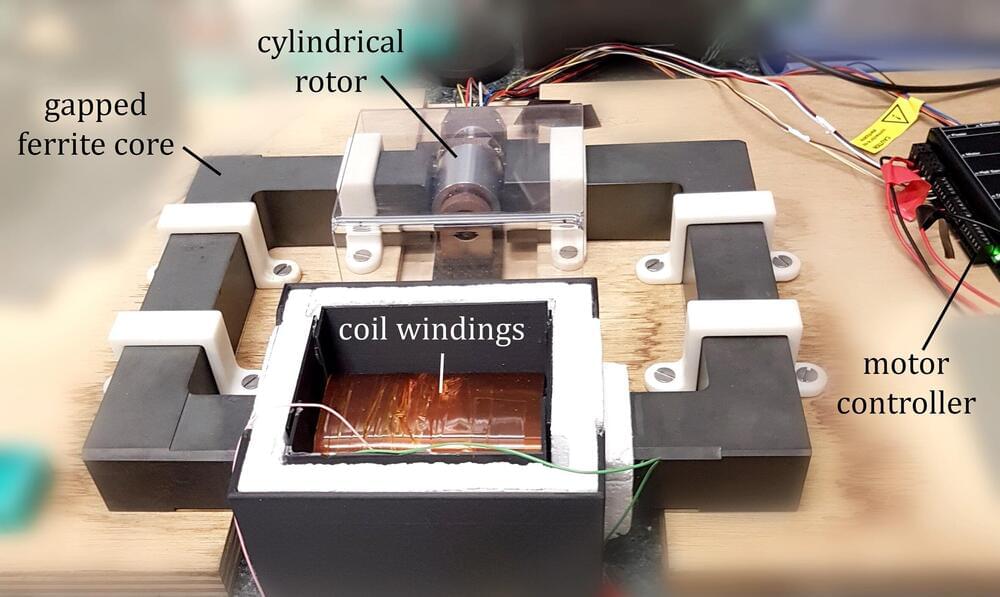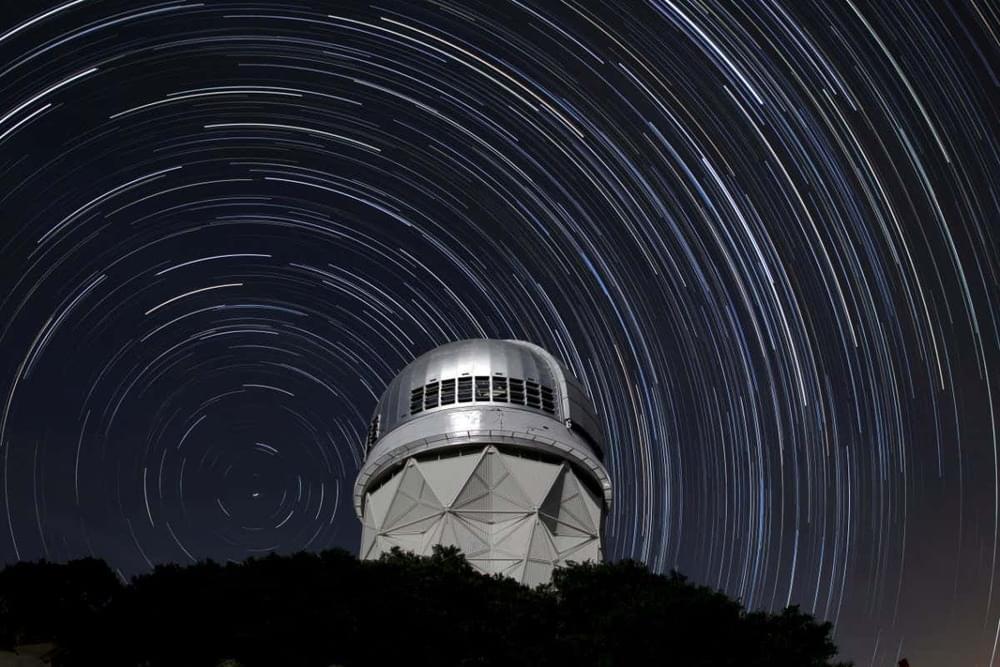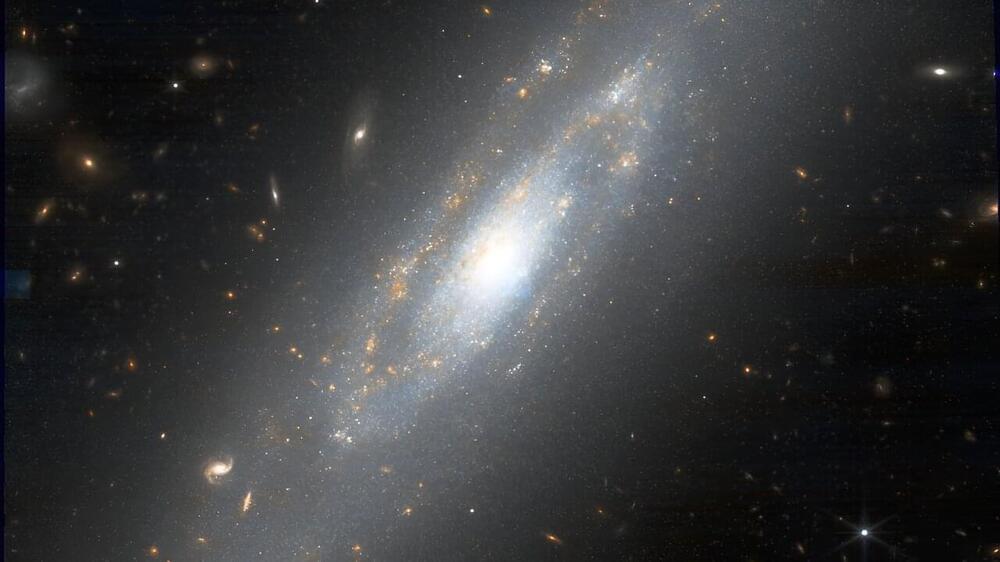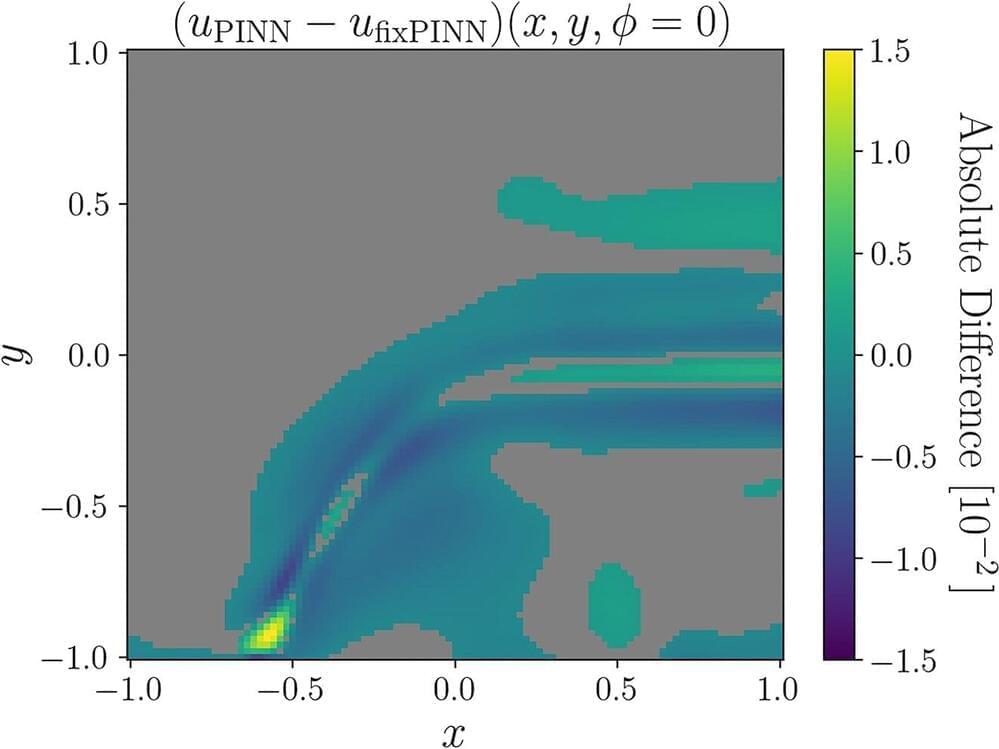“the predictions of the standard model of the universe appear to be at odds with some recent observations.”
Right now, it looks like the cosmology is at a tipping point.
“the predictions of the standard model of the universe appear to be at odds with some recent observations.”
Right now, it looks like the cosmology is at a tipping point.
What if everything we know about time is merely an illusion? Could find a way out of it, by breaking the construct of how the universe progresses? And so, would it be possible to break the natural flow of time?
If you’d like to see more of this kind of video, consider supporting our work by becoming a member today!
Follow us on Instagram: / beeyond.ideas.
Visualization of the Gödel universe.
https://iopscience.iop.org/article/10…
Miguel Alcubierre TEDx talk (in Spanish)
• VIAJAR A UNA ESTRELLA LEJANA Y REGRES…
Table of content:

Scientists at the Institute of High Energy Physics (IHEP) of the Chinese Academy of Sciences have proposed an innovative method to realize gravitational wave detection by utilizing Mössbauer resonance. Their findings, recently published in Science Bulletin, highlight a new approach that could revolutionize the study of gravitational waves.


Physicists at the University of Southampton have tested and proven a 50-year-old theory for the first time using electro-magnetic waves. They have shown that the energy of waves can be increased by bouncing “twisted waves”—those with angular momentum—off of an object which is rotating in a specific way.
A brief explanation of how superfluid dark matter can combine fluid dark matter and modified gravity.
For galaxy clusters and for the cosmic microwave background, dark matter matter is the better explanation. But to explain galactic rotation curves and other properties of galaxies, modified gravity is the better explanation.
Until now, physicists have taken an either-or approach. In this video I argue that the answer may be a combination of both. This idea may be realized through dark matter which forms a superfluid. In this case dark matter has two phases, a normally fluid phase and a superfluid phase. In the latter phase, it has no internal friction and appears like modified gravity.
Taken together, so I argue, this explains the existing data best.
Support me on Patreon:

face_with_colon_three year 2022.
Astrophysicists hope a map created by the Dark Energy Spectroscopic Instrument will help answer questions about the expansion of the universe.

New James Webb Space Telescope observations may have done with one of the longest-standing tensions in cosmology.
For almost a decade, astronomers have been struggling with a nagging mismatch between two different ways of determining the Hubble constant — a measure of the current expansion rate of the universe. This mismatch, known as the Hubble tension, has led to claims that new physics might be needed to solve the issue. (Read about the “constant controversy” in the June 2019 issue of Sky & Telescope.)
But a detailed analysis of a new set of James Webb Space Telescope (JWST) observations now suggests that the problem may not exist. “As Carl Sagan said, extraordinary claims require extraordinary evidence,” says Wendy Freedman (University of Chicago), “and I don’t see extraordinary evidence.”


Ten years ago, researchers succeeded in suppressing sound wave propagation in the backward direction; however, this also attenuated the waves traveling forwards.
A team of researchers at ETH Zurich led by Nicolas Noiray, professor for Combustion, Acoustics and Flow Physics, in collaboration with Romain Fleury at EPFL, has now developed a method for preventing sound waves from traveling backward without deteriorating their propagation in the forward direction.
In the future, this method, which has recently been published in Nature Communications, could also be applied to electromagnetic waves.